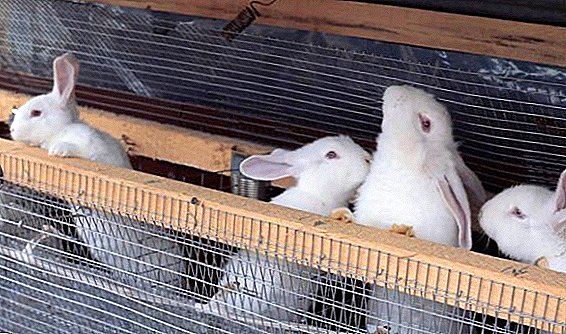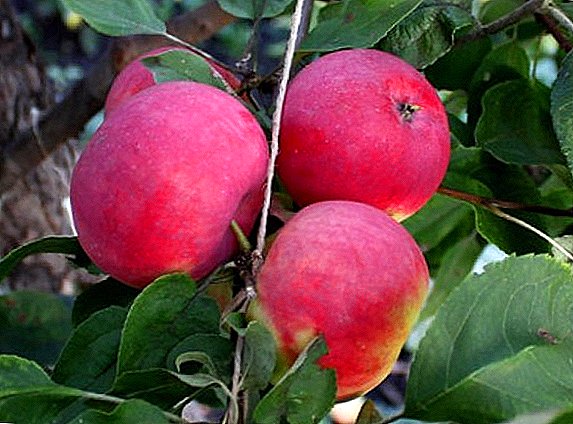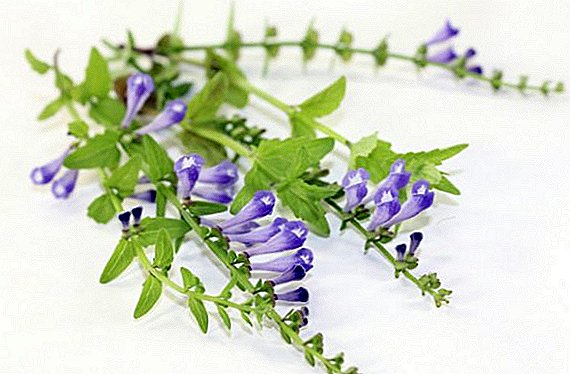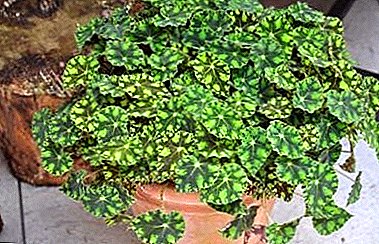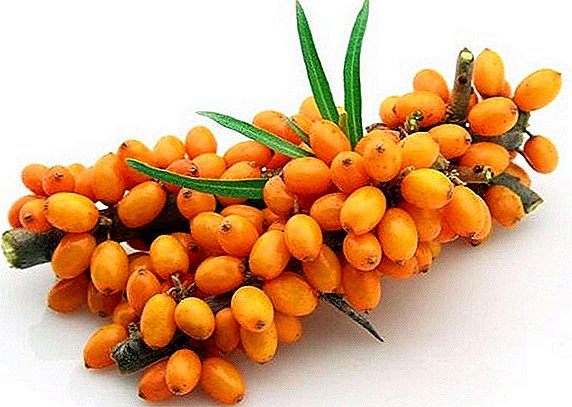 Sea buckthorn is a valuable and indispensable berry in the household. Everyone knows about its benefits, uniqueness, use in cooking, as well as in medicine, in cosmetology. Many gardeners are faced with the question of the reproduction of this shrub. There are several ways to solve this problem: sea buckthorn is propagated by seed, grafting, root suckers, branches and division of the bush. In the article we will look at each method in more detail, and you can choose for yourself the right one.
Sea buckthorn is a valuable and indispensable berry in the household. Everyone knows about its benefits, uniqueness, use in cooking, as well as in medicine, in cosmetology. Many gardeners are faced with the question of the reproduction of this shrub. There are several ways to solve this problem: sea buckthorn is propagated by seed, grafting, root suckers, branches and division of the bush. In the article we will look at each method in more detail, and you can choose for yourself the right one.
Seed propagation
This is not a very popular breeding method, as it takes a long time, and it is often impossible to predict which sea buckthorn you will get from the planted seeds. There is a risk that the berries will grow small, and the branches will be completely covered with prickles. But for some, this is the only way, so consider it.
 Seeds are obtained from ripe berries. To do this, they crush, fray through a sieve, thereby freeing the seeds from the pulp. Wash and dry the finished seeds. You can store them in a paper bag for up to three years.
Seeds are obtained from ripe berries. To do this, they crush, fray through a sieve, thereby freeing the seeds from the pulp. Wash and dry the finished seeds. You can store them in a paper bag for up to three years.
Before sowing, seeds are usually soaked in hot water for three days. After that they are drained, and on the fifth day the grains will hatch. You can also mix the seeds with wet sand and place in the refrigerator for up to a month. With the first hatching they can be planted.
It is interesting to read about the most popular varieties of sea buckthorn.
Sprouted sea buckthorn seeds are planted in the spring (if you have dry seeds, plant in the fall). To do this, they are lowered into the ground at 3 cm, at a distance of 2 cm from each other. Top covered with humus and sand. The beds should be at a distance of about half a meter from each other.
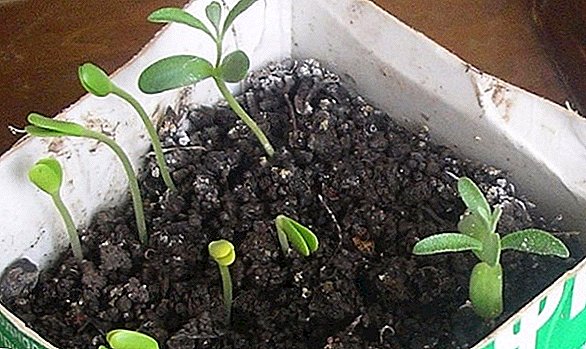
The first two or three months of the beds need to be watered abundantly (especially in dry weather) and, if during this period you see the seedlings, it means that everything worked out for you, the seeds “earned”.
Important! Many breeders do not recommend planting seeds in the fall! Germination under such conditions is 10-15%. This is not due to the long-term viability of germinated seeds. The generally recognized time for sowing sea buckthorn is spring.
Cuttings
Another method of breeding - is breeding sea buckthorn cuttings. He is chosen by many gardeners. There are two options: use lignified cuttings or green. Both options will be effective if you follow a simple technology.
Lignified
 In November - December, cut off the young (by the age of one or two years), healthy strong shoots from the sea-buckthorn bush. Wrap them in a newspaper or cloth and leave them to "hibernate" in the refrigerator or in the basement. In early spring, cut from them cuttings 20 cm long, not more than half a centimeter wide.
In November - December, cut off the young (by the age of one or two years), healthy strong shoots from the sea-buckthorn bush. Wrap them in a newspaper or cloth and leave them to "hibernate" in the refrigerator or in the basement. In early spring, cut from them cuttings 20 cm long, not more than half a centimeter wide.
The ends of the cuttings must be placed in water or in a growth stimulator solution for a week, after which buds and root buds may appear on them. Planted cuttings on the beds so that several buds remain on top. After that, the soil is rammed, sprinkled with peat and watered abundantly. Next spring, the seedlings will be ready to transplant.
Greens
Under the preparation of green cuttings choose the warm season - summer, preferably the end of June. For this, 10 cm long cuttings are prepared from strong, healthy, slightly lignified (not green) shoots. Remove the lower leaves and put the ends into water or into a growth stimulator solution for several days.
Green cuttings can also multiply gooseberries, plums, grapes, cotoneaster, chokeberry, snowberry, honeysuckle capricoleum.
After that, they are planted in perekopannaya, fertilized with peat, mixed with sand, watered abundantly, 6 cm away. Oilcloth squeeze earth.
Water more often, loosen, feed the earth. After a month, cuttings can be taught to the external environment. Remove the film for a few hours, air, temper them. In due course from "greenhouse" it will be possible to refuse. Before the onset of cold weather, warm the cuttings with sawdust and leaves until spring. In the spring they can be transplanted.
Did you know? Sea buckthorn is not the only name for this shrub. In different localities it is called differently: ivotorn, wolfberry, waxflower.
How to propagate sea buckthorn root suckers
This method is considered one of the easiest. It will require a buckthorn bush up to five years old. At this age, the plant appears overgrown. In the spring, take the root offspring from the plant, stick it in the ground and water it periodically. Already in the fall the roots will develop in the ground, and it is time to plant the plant.

If you decide to grow sea buckthorn, it will be useful for you to learn from what diseases and pests it needs to be protected.
Breeding layering
Another easy way to breed sea buckthorn. It needs a young bush with healthy strong branches. They dig up the earth around it, water it, fertilize it - prepare it for grafting. After that, the lower branches are tilted to the ground, pinned in several places and watered abundantly. Over time, the branches appear overgrown, they are cut into pieces and get seedlings.
Did you know? Under natural conditions for 7 female plants, there are 3 males. This should be taken into account when planting seedlings, if you want to have a quality crop of tasty berries.
How to grow sea buckthorn by dividing the bush
If you decide to transplant your buckthorn bush to a new place, you have the opportunity to get not one, but several bushes at once. To do this, having dug a bush and freeing its roots from excess land, it is divided into parts using a shears.
You need to be careful and not to damage the roots strongly, to make sure that each new bush has its own healthy part of the root system. After that, the bushes are planted in fertilized land, plentifully watered. It is better to do this procedure in March or November.
Important! If you cut off too much while removing old roots, the shoots should also be shortened significantly. It is better to leave very short twigs than a too long above-ground part with a small root.

Here are all the most common methods of breeding sea buckthorn. They all require a little diligence and time. But at the same time it is a pleasant and useful work. Easy season and a good harvest!


